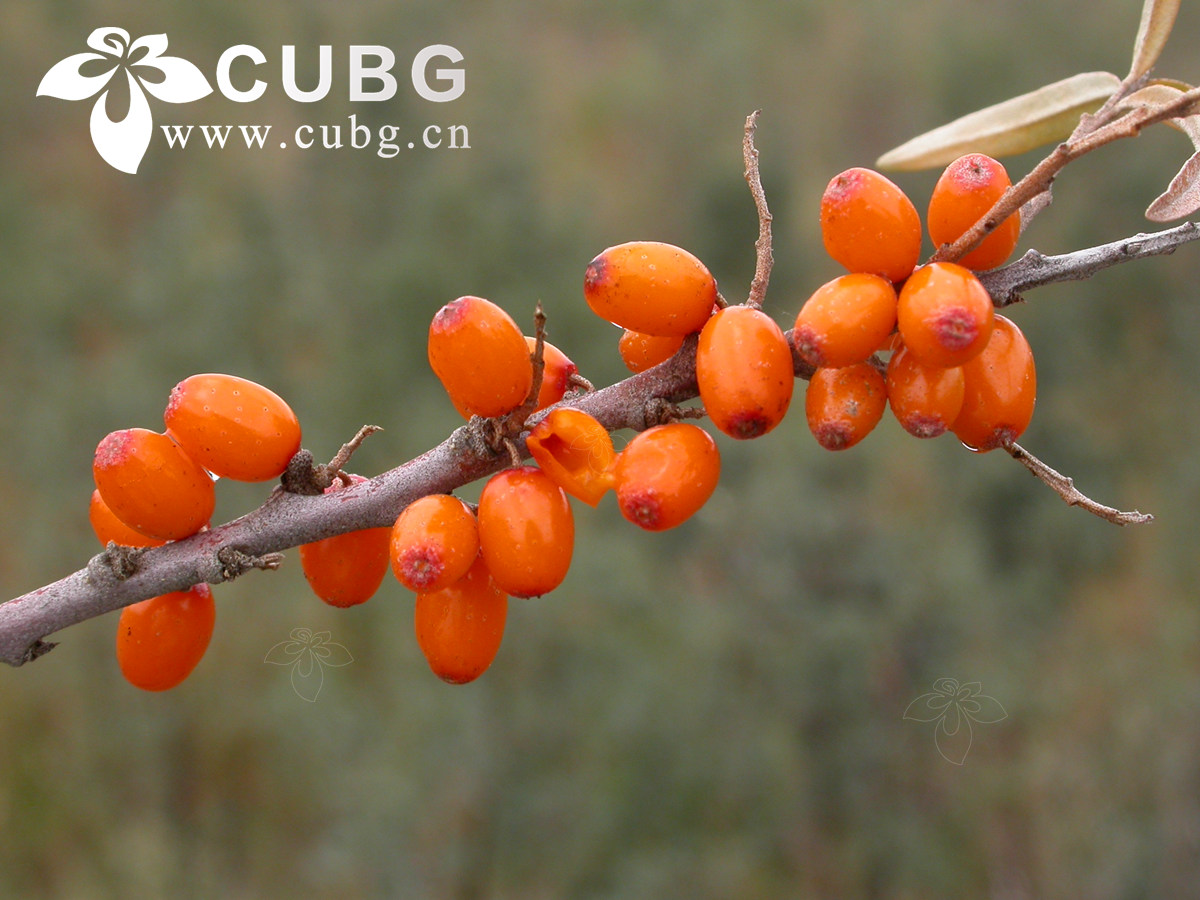Sea buckthorn (Hippophae), a shrub renowned for its nutritional berries and ecological resilience, has distinct male and female plants (dioecy). While most published genome data for this genus come from female plants, male genomic data are essential for understanding its sex-determination mechanisms.
In a study published in GigaScience, researchers from Xishuangbanna Tropical Botanical Garden of the Chinese Academy of Sciences have uncovered the structure, evolution, and key genes governing sex determination in this economically and ecologically important genus.
By comparing male and female genomes at high resolution, the researchers have mapped the sex-determining region, reconstructed the evolutionary journey of the sex chromosomes, and identified prime candidate genes controlling maleness
The researchers conducted an in-depth analysis of the genome of 2 Hippophae species. By comparing transcriptome data of female and male flower buds of Hippophae gyantsensis (H. gyantsensis) and Hippophae salicifolia (H. salicifolia), they revealed 11 genes specifically expressed in males—three of which are strong candidates for driving sex determination in Hippophae.
Comparative haplotype analysis revealed that the Y chromosome was shorter than the X chromosome. Sex chromosomes arose early in Hippophae evolution, likely driven by the fusion of two chromosomes following two ancient whole-genome duplication events.
They observed sgnificant structural differences between the X and Y linked regions, potentially accelerating sex chromosome evolution in H. salicifolia.
“Our findings will aid future studies aimed at clarifying the mechanisms of sex determination. The identification of the sex-determining region and candidate sex-determination genes provides powerful new tools for future research and the sustainable development of sea buckthorn for medicine, nutrition, and land restoration,” said YANG Yongping of XTBG.

Hippophae gyantsensis (Image by LIN Qinwen)
Published: 02 July 2025

